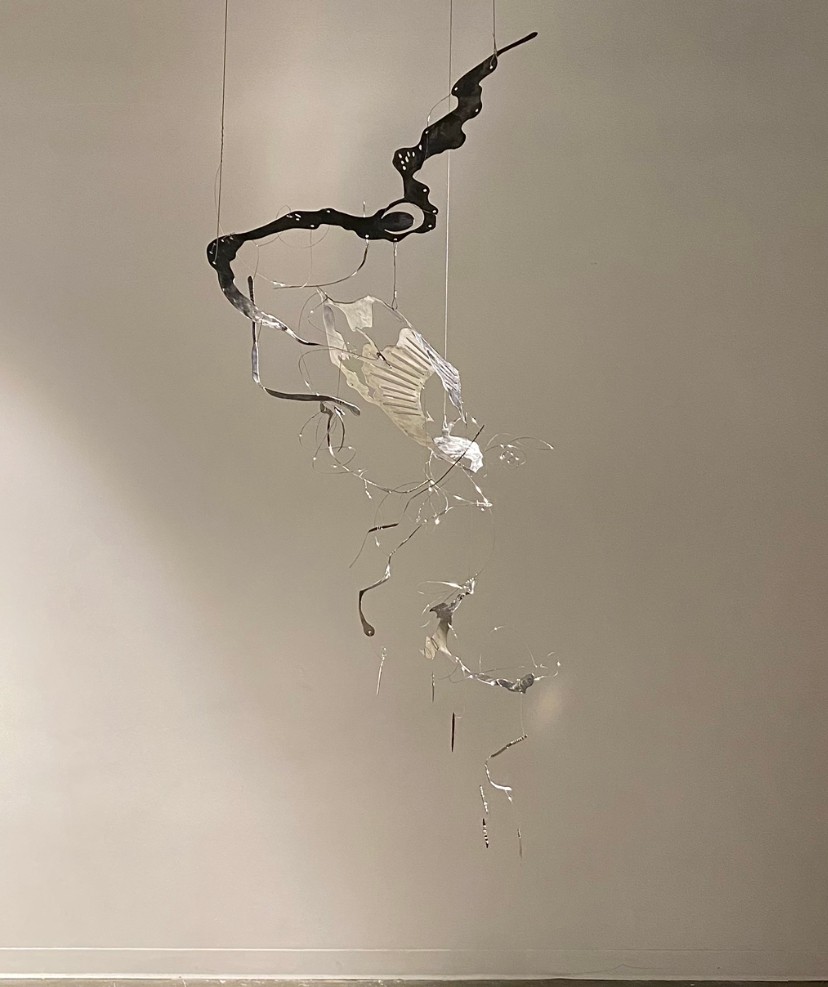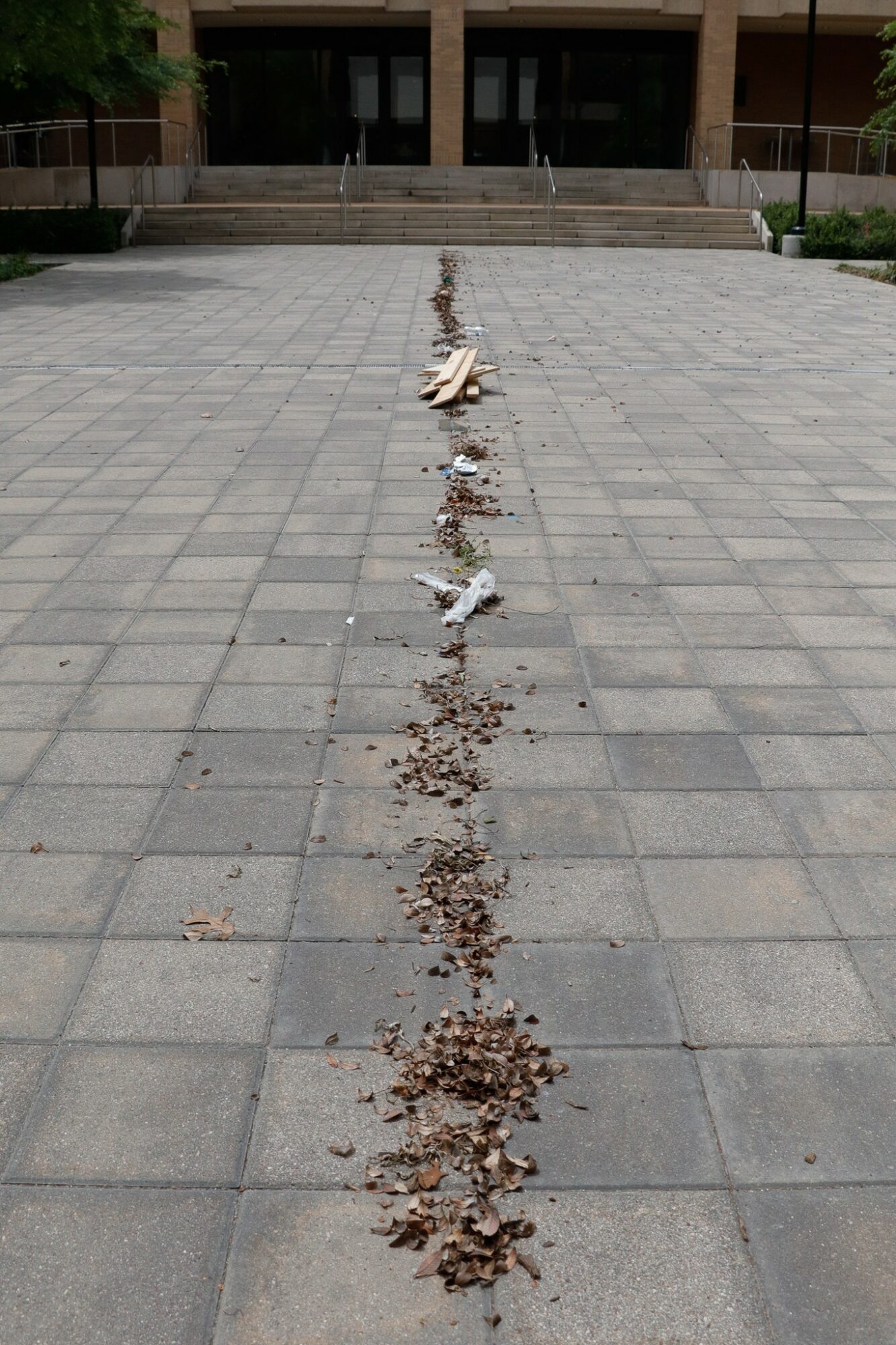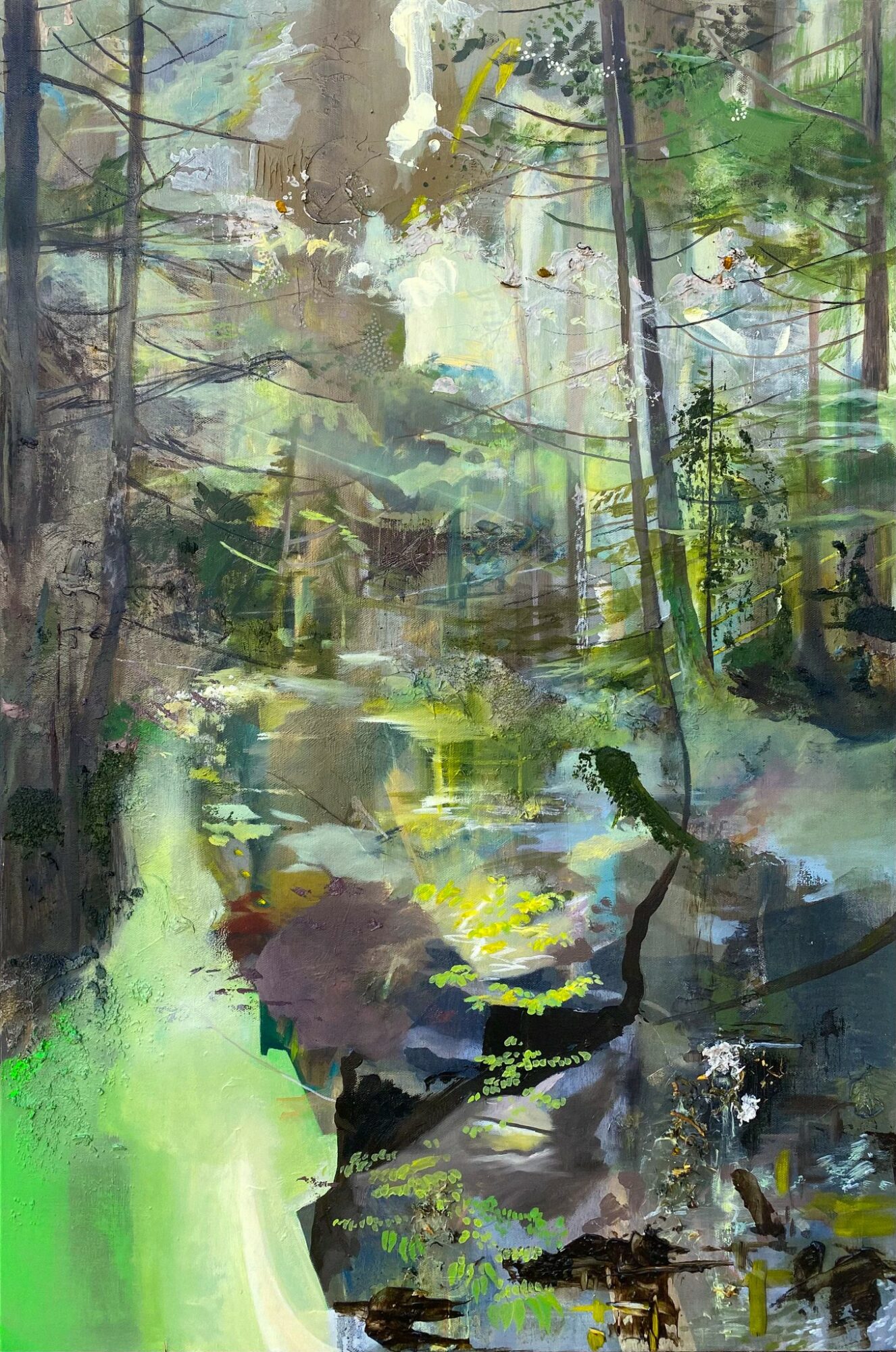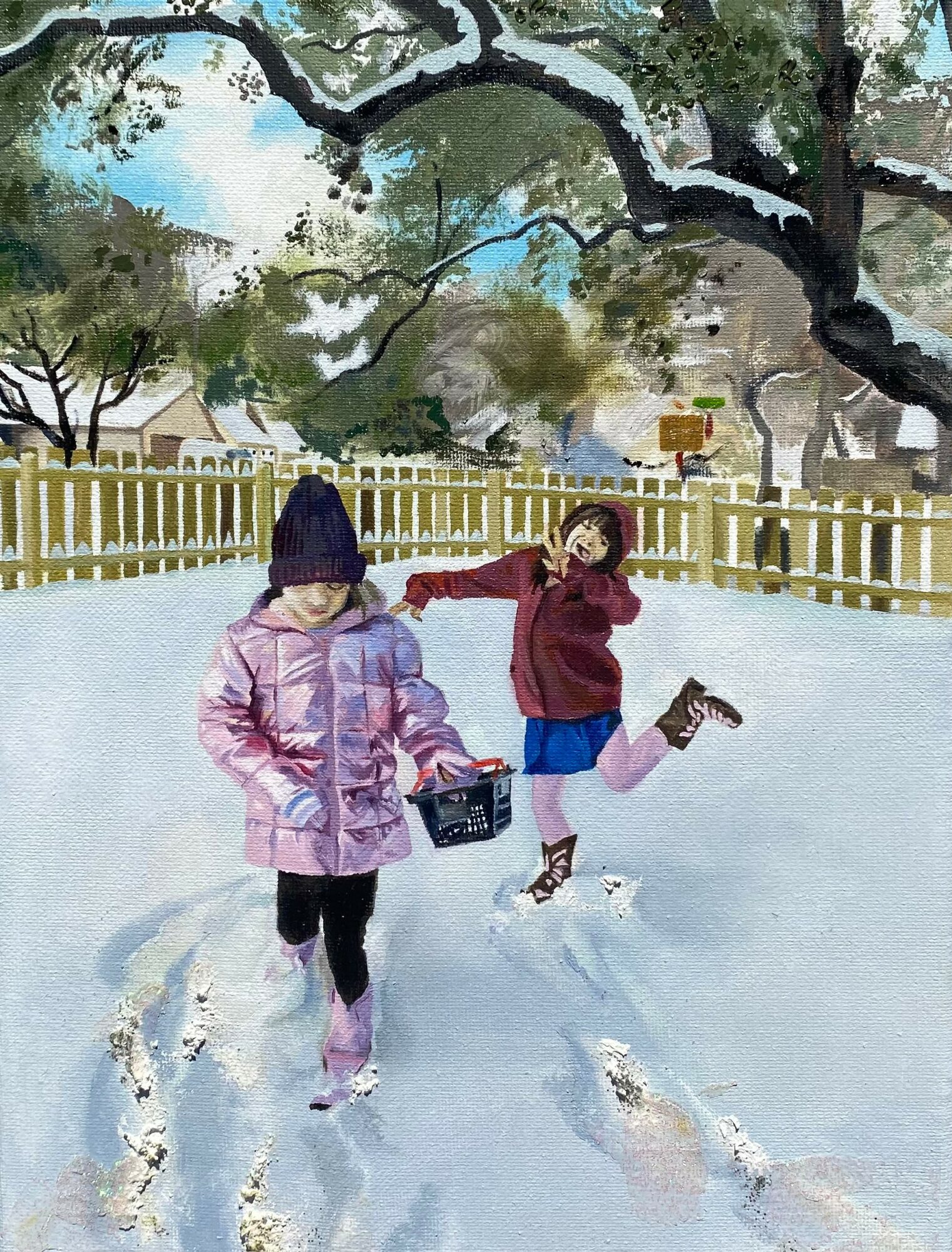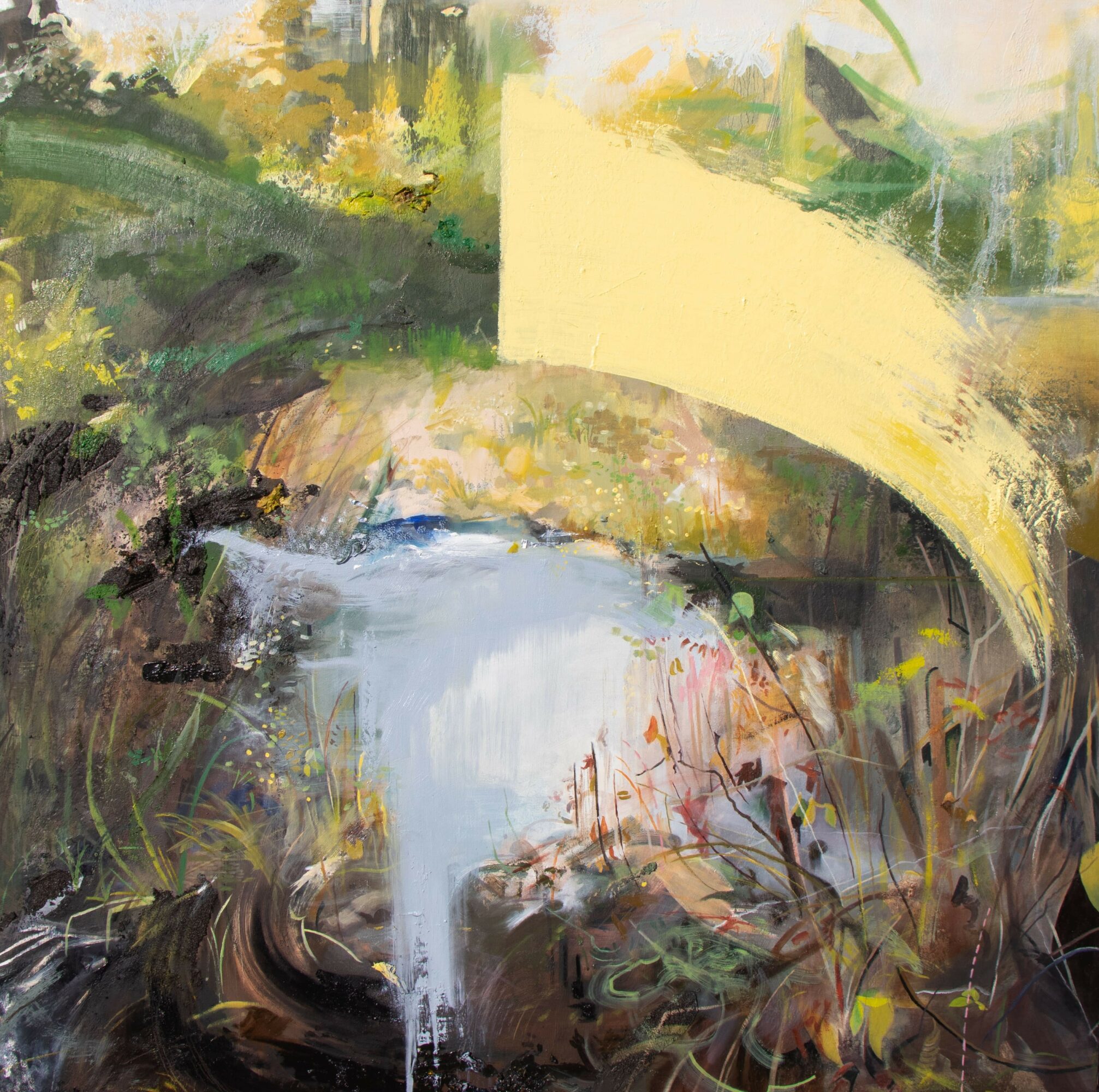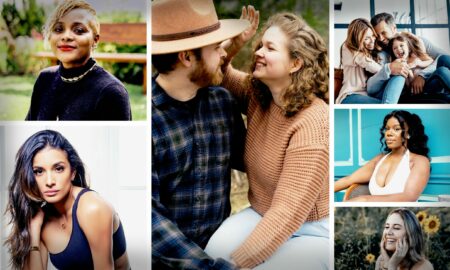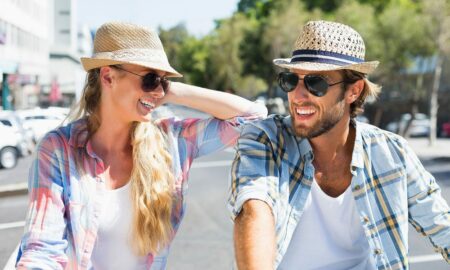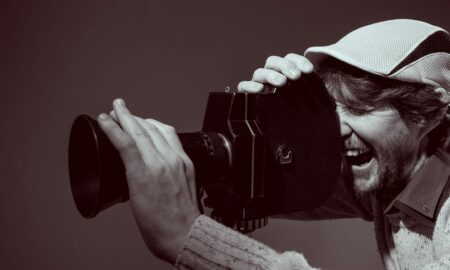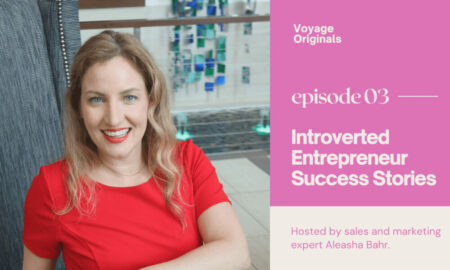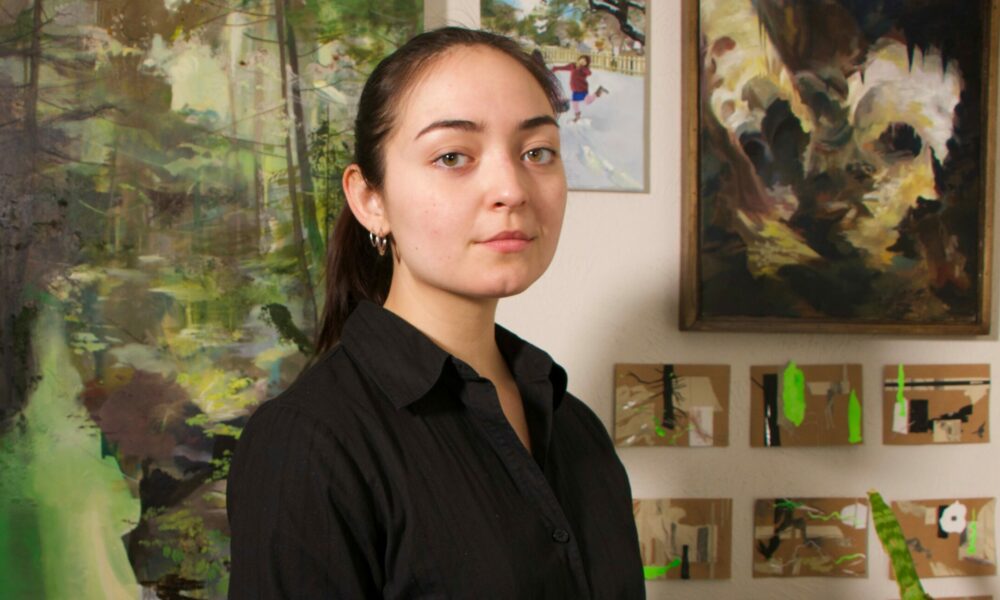

Today we’d like to introduce you to Aurora Isabella.
Hi Aurora, we’re thrilled to have a chance to learn your story today. So, before we get into specifics, maybe you can briefly walk us through how you got to where you are today.
I had a happy and loving childhood with parents and grandparents that I’m blessed have always been supportive of me in what I choose to do. Since I was younger the home and the domestic space have always been shifting. There was a bit of moving around, different people, different family members, types of tension, and new siblings moving in and out of my life. These all contributed to how I oriented myself in my world, and I believe this led me to lean toward drawing as a safe space. This safe space made by drawing has always been reassuring and a place where I could be honest with myself. To be collected and quiet when I noticed the increasing tension in the household and didn’t want to stress it any further, but this taught me to be observant. All the decisions you make on the paper are your choice and in your control, and that’s something that has felt right to me.
Drawing, and ultimately art, as I learned different techniques and methods in the classes I took throughout school, has been a way for me to feel like a part of a bigger picture and something outside of the domestic space. There wasn’t a specific and grand moment that I instantly felt connected to the environment, but I have a lot of important memories that involve nature and the outdoors. Over time, all these moments have compounded, and as I continue to learn, I gravitate towards the natural world and how it’s connected to everything and bigger than us. It’s something I’ve developed a deep compassion for and something I feel a need to talk about given the trajectory of the global climate, which is what my artwork and activism are centered around.
Can you talk to us a bit about the challenges and lessons you’ve learned along the way? Looking back, would you say it’s been easy or smooth in retrospect?
It hasn’t been the roughest road out there, but there were still a lot of the struggles I experienced when I was a teenager. Such as having divorced parents, watching both live through abusive relationships, and having two special needs sisters. It was difficult to see and to learn to navigate through these obstacles, but it taught me a lot of self-awareness and helped me gain a lot of maturity early on, that benefitted my development as a person and artist. In a way, I’m thankful for these struggles and how they’ve helped me become a stronger individual, and a lot of that has to do with knowing my parents did their best and expressed their love for me despite all the ups and downs.
Thanks – so, what else should our readers know about your work and what you’re currently focused on?
I’m a visual artist that investigates ecology and my relationship with the environment and man-made worlds. I’ve worked with painting, sculpture, and performance art to convey these ideas, but I’m interested in exploring different routes to talk about these ideas. I’m most known for my approach to how I depict landscapes in my paintings, and this is something I’m learning how to employ into my sculptures. My environmental activism is an aspect of my work that differentiates me from my peers.
The activism that I’m engaged in with Citizen’s Climate Lobby varies from grassroots education, trash pick-up to traveling to Washington D.C. and the state Capitol to lobby for climate-based or related policies. It’s within these experiences that being involved in different parts of the community that inspires my artwork, and the artwork inspires me to keep up with my activist work. It’s a hope of mine that, at some point, these two spheres can merge into one.
Contact Info:
- Website: https://www.auroraisabellaart.com/
- Instagram: https://www.instagram.com/auroraisabella.art/?hl=en
